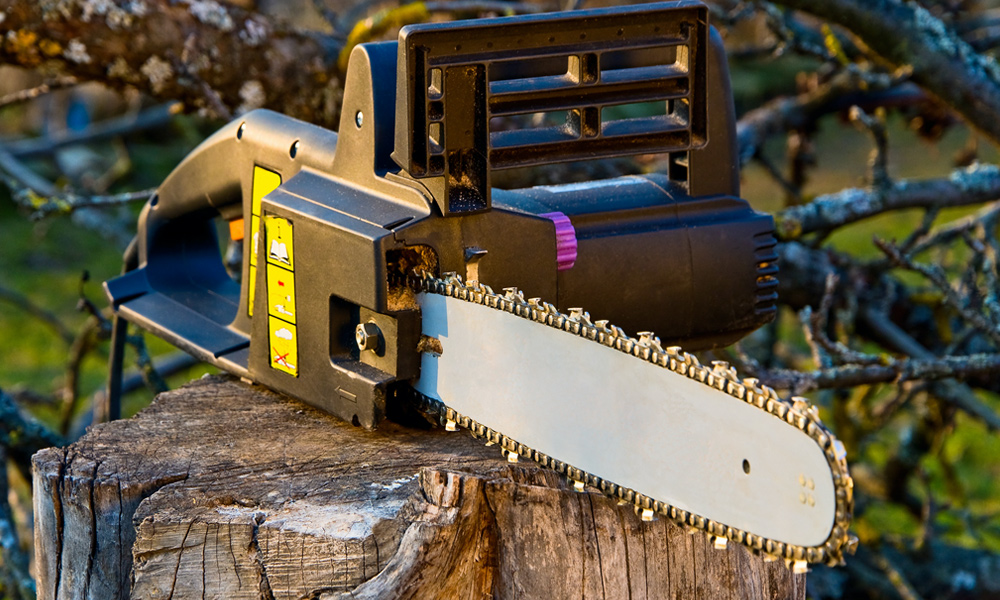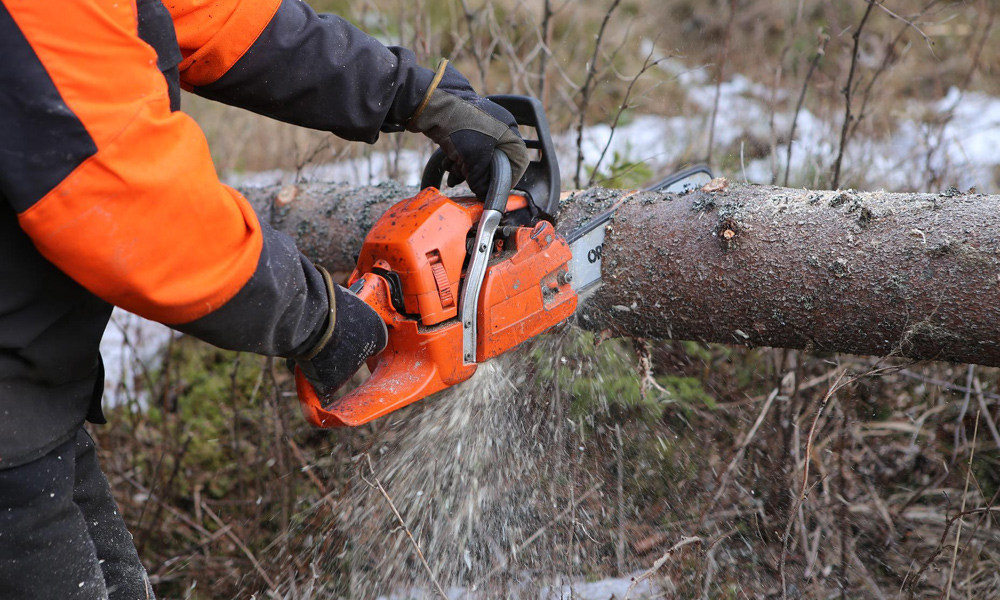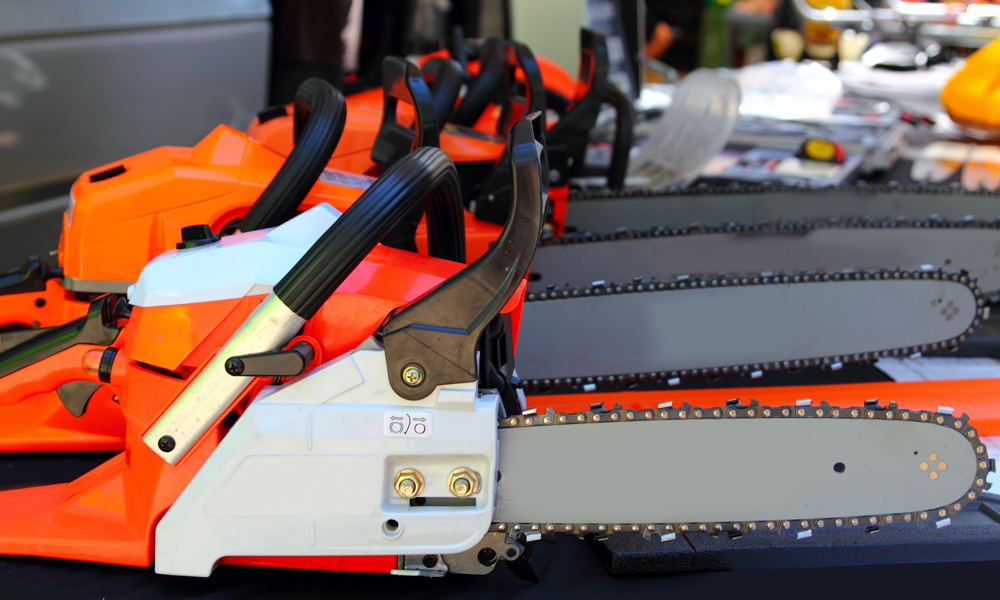What do the Numbers on a Chainsaw Chain Mean?
Decoding the Numbers on Your Chainsaw Chain
If you own a chainsaw, whether it’s a small chainsaw for occasional use or one of the more powerful professional chainsaws, understanding the numbers on the chainsaw chain is crucial for proper maintenance and optimal performance. These numbers provide essential information about the chain’s dimensions and compatibility, helping you determine what size chainsaw sharpener you need and ensuring that you select the correct replacement chain when necessary. In this article, we will break down the meaning of these numbers and explain how you can use them to your advantage.
Chainsaw Chain Numbers Explained
The numbers on a chainsaw chain refer to various measurements and specifications that determine the chain’s compatibility with your saw and its cutting performance. The three main numbers you’ll find are:
- Pitch: The distance between the chain’s drive links, measured in inches. Common pitch sizes include 1/4″, 3/8″, and .325″. Pitch affects the chain’s speed and cutting efficiency.
- Gauge: The thickness of the drive links, measured in inches. Common gauge sizes are .043″, .050″, .058″, and .063″. To ensure a proper fit, the gauge must match your saw’s guide bar groove.
- Drive Link Count: The number of drive links in the chain. This determines the chain’s length and must match the guide bar’s length and sprocket size.
Chainsaw Chain Replacement Signs
Knowing when to replace your chainsaw chain is important for maintaining optimal cutting performance and safety. Here are some signs that indicate it’s time for a replacement:
- Excessive wear on the chain’s cutting teeth: As you use your chainsaw, the cutting teeth will gradually wear down. If they become too short or their shape is altered, it’s time to replace the chain.
- Difficulty cutting through wood, even with a freshly sharpened chain: If your chainsaw struggles to cut through wood despite having a sharp chain, it could be a sign that the chain is worn out or damaged and needs replacing.
- Chain constantly coming loose from the guide bar: If the chain frequently comes off the guide bar, it may be stretched or damaged, indicating that it’s time for a replacement.
Chainsaw Chain Brands
There are several popular chainsaw chain brands on the market, each offering unique features and benefits. Some of the top brands include:
- Oregon: Oregon is a well-known manufacturer of chainsaw chains, offering a wide range of chain types and sizes for various cutting needs. Their chains are known for their durability, performance, and easy maintenance.
- Stihl: Stihl is another reputable brand that produces high-quality chainsaw chains. Their chains are designed for optimal performance and long-lasting sharpness, making them a popular choice among professionals.
- Husqvarna: Husqvarna offers a variety of chainsaw chains designed to work seamlessly with their chainsaws. Their chains are known for their reliability, sharpness, and ease of maintenance.
Types of Chainsaw Chain Designs
Chainsaw chains come in various designs, each suited for specific cutting tasks and conditions. Some of the most common types include:
- Full-chisel chains: These chains feature square-cornered cutting teeth, making them ideal for fast, aggressive cutting in softwood. However, they are more susceptible to dulling quickly and may increase the risk of kickback.
- Semi-chisel chains: Semi-chisel chains have rounded-corner cutting teeth, which makes them more suitable for slower, smoother cutting in hardwood or dirty wood. They are less likely to dull quickly and generally safer to use.
- Low-profile chains: These chains have smaller teeth and a narrow cutting profile, making them suitable for light-duty cutting tasks and offering reduced kickback. Low-profile chains are often recommended for inexperienced users or those who prioritize safety over cutting speed.
Top Tips for Choosing the Right Chainsaw Chain
- Always consult your chainsaw’s user manual for the manufacturer’s recommendations on chain specifications.
- Use a chain gauge to accurately measure your existing chain if the numbers are worn off or not visible.
- Choose a high-quality chainsaw chain from a reputable brand to ensure long-lasting performance and durability.
- Regularly inspect your chain for signs of wear or damage. Replace the chain if it’s worn out or damaged to maintain optimal cutting performance and safety.
Frequently Asked Questions (FAQs)
How do I know what size chainsaw chain I need?
Determine your existing chain’s pitch, gauge, and drive link count or consult your chainsaw’s user manual for the recommended specifications. Use this information to select the appropriate replacement chain.
How often should I sharpen my chainsaw chain?
The frequency of sharpening depends on how often you use your chainsaw and the type of material you cut. As a general rule, sharpen the chain when you notice decreased cutting efficiency, visible damage, or if the chain produces more dust than wood chips. Using a chainsaw sharpener can help maintain optimal cutting performance.
What is the difference between full-chisel and semi-chisel chains?
Full chisel chains have square-cornered teeth that provide fast and aggressive cutting, making them suitable for hardwoods and clean wood. However, they require more frequent sharpening and are more prone to kickback. Semi-chisel chains have rounded-corner teeth, offering slower cutting speeds but better durability and performance in dirty or frozen wood.
Chainsaw Safety and Maintenance
Maintaining and using your chainsaw safely is crucial for effective and injury-free operation. Follow these chainsaw safety tips and guidelines, including wearing protective gear like chainsaw chaps, and perform regular maintenance to ensure your chainsaw stays in optimal condition. Here are some essential maintenance tasks:
- Regularly sharpen the chain: A sharp chain cuts more efficiently and puts less strain on your chainsaw. Use a chainsaw sharpener to keep the cutting teeth sharp and ensure consistent cutting performance.
- Clean the chain after each use: Remove any debris, sawdust, or dirt from the chain and guide bar after each use. This prevents buildup that can cause the chain to wear out faster or bind during operation.
- Lubricate the chain: Proper lubrication reduces friction between the chain and guide bar, prolonging the life of both components. Use a high-quality chainsaw bar and chain oil to maintain optimal lubrication.
- Check chain tension: The chain should be snug against the guide bar but still easy to pull around by hand. Over time, the chain may stretch and require adjustments to maintain proper tension.
- Inspect the chain for damage: Regularly inspect your chainsaw chain for any signs of damage, such as cracks, broken teeth, or bent links. Replace the chain if you notice any of these issues.
By following these maintenance tips and understanding the numbers on your chainsaw chain, you can ensure a safe and efficient cutting experience.
Conclusion
Understanding the numbers on a chainsaw chain is crucial for selecting the right chain and maintaining optimal performance. By knowing what pitch, gauge, and drive link count mean, you can choose the correct chain for your saw and ensure it operates smoothly and safely. Regular maintenance and adherence to safety guidelines will prolong your chainsaw’s life and improve your cutting experience. Don’t forget to use a caliper for accurate measurements when determining your chain’s specifications. Paying attention to these crucial details will keep your chainsaw in top working condition and get the most out of your cutting tool.
Remember to check our other articles for more information on chainsaw-related topics, such as how to cut firewood with a chainsaw and top-rated chainsaw brands and models.


